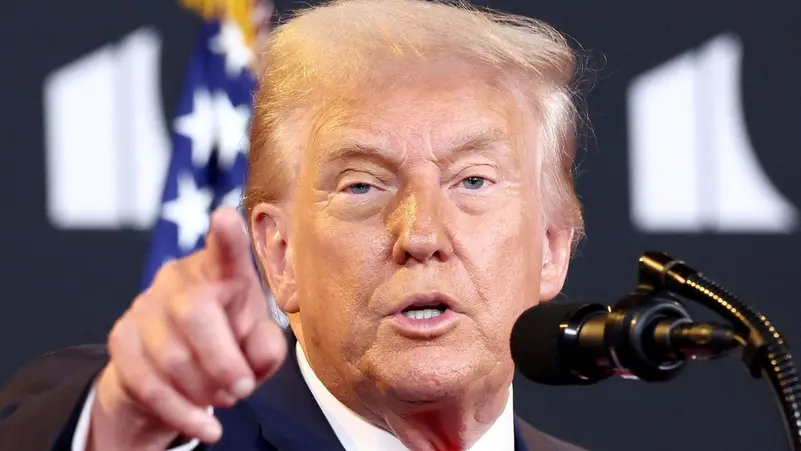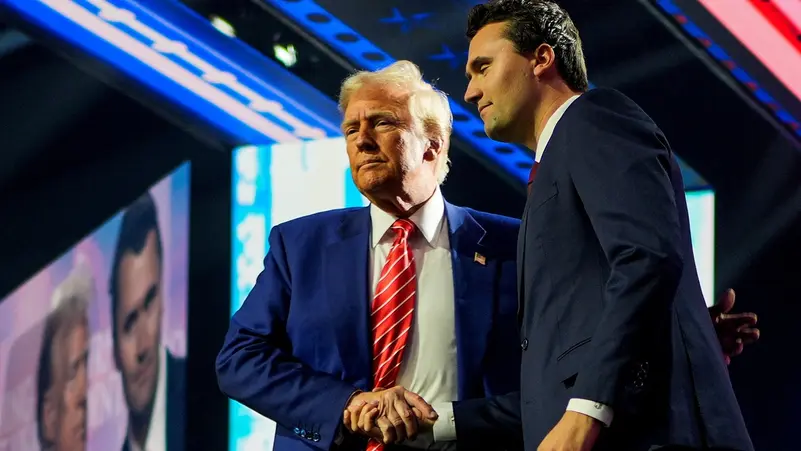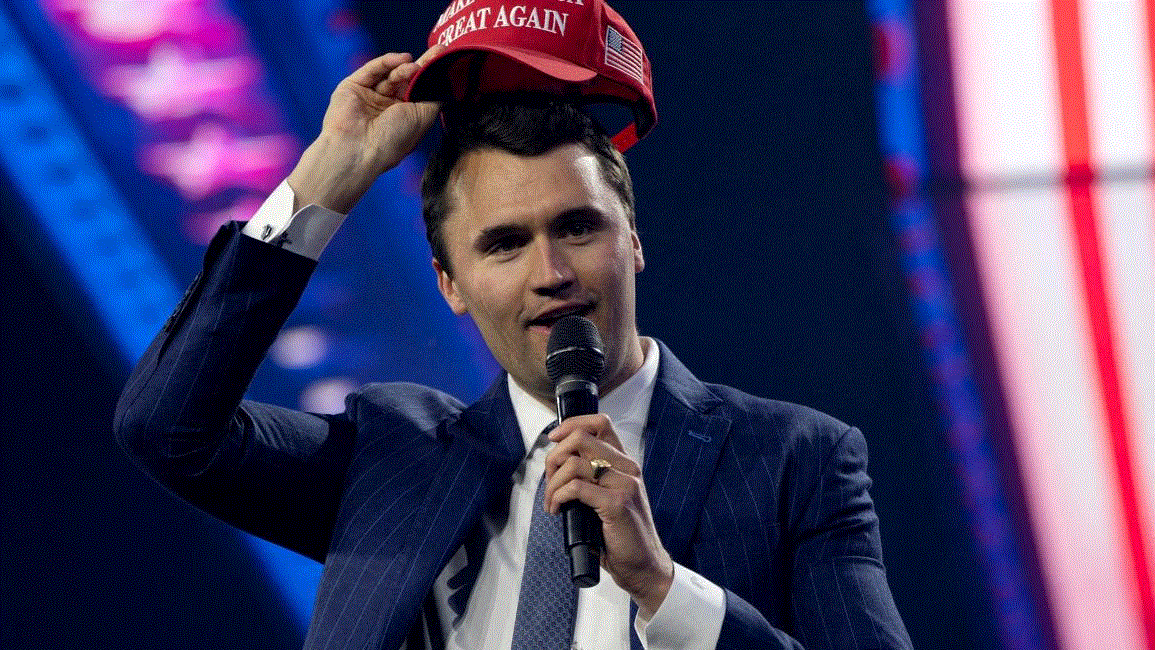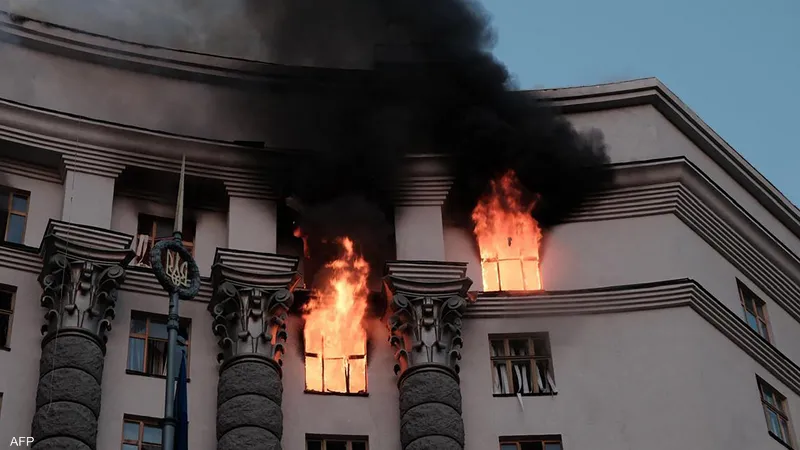Waves of Protest Against Immigrant Deportations: America at a Humanitarian and Political Crossroads
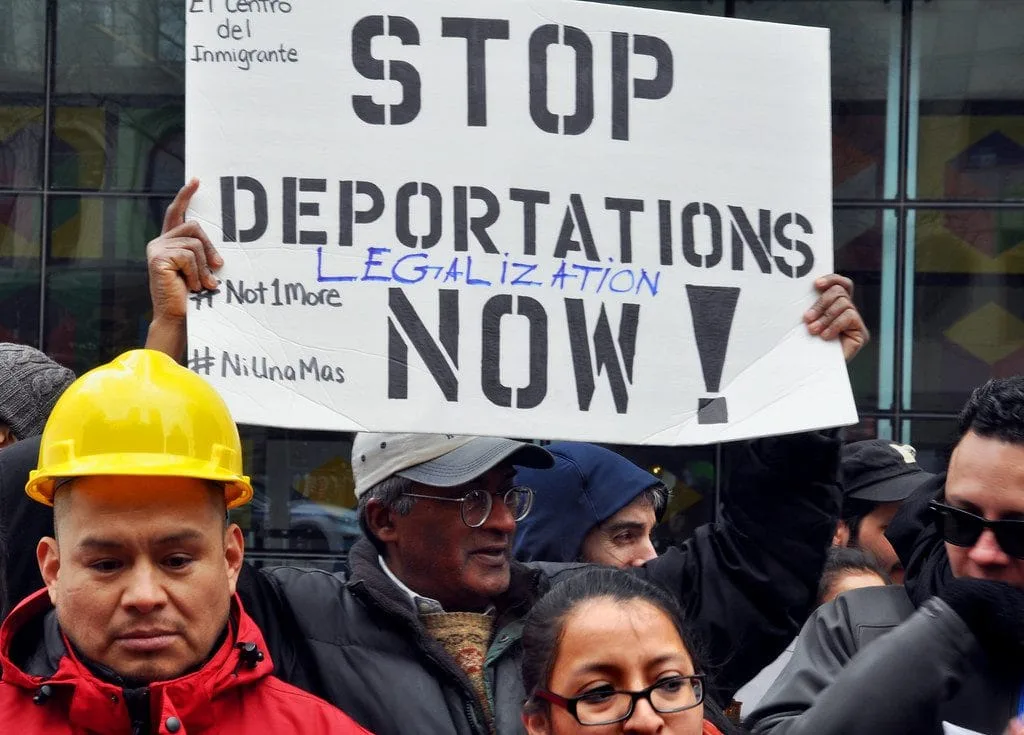
The United States has long been known as the “land of second chances,” a haven for immigrants from all over the world seeking to achieve their dreams of wealth, fame, and success. It used to open its doors to all, offering them a glimmer of hope for a better life.
Today, however, the situation is different. Instead of welcoming them, America places numerous obstacles in their path, preventing them from acquiring citizenship by birth and erecting barriers for newcomers. Even those fortunate enough to enter the country now face increasing persecution, using all available law enforcement tools and mechanisms.
These practices have not stopped; authorities have expanded their scope to include cruel practices such as family separations, where children are detained away from their families, as well as the detention of immigrants in inhumane detention centers and squalid conditions. Mass raids and deportations are also carried out, further exacerbating the suffering of this vulnerable group.
The consequences of these policies are not limited to the humanitarian aspect; they also directly impact the American economy. Many vital sectors, such as agriculture, sanitation, and hospitality, which rely heavily on migrant labor, have been severely impacted.
Amid this crisis, the United States has witnessed widespread protests against strict immigration policies and arbitrary deportations. Let’s explore the causes of these protests and analyze how these deportations have tangibly impacted American society.
US President Donald Trump’s Immigration Policies
Since returning to the presidency about seven months ago, President Donald Trump has intensified his efforts to implement stricter immigration and citizenship policies. Current actions and plans demonstrate a clear focus on restricting immigration, strengthening enforcement, and imposing entry restrictions on certain nationalities. Immigration and Deportation Policies
Massive Funding for Detention and Enforcement: The “One Big Beautiful Bill Act” signed by Trump on July 4, 2025, allocated unprecedented budgets ($45 billion) to expand the immigration detention system, including family detention, as well as an additional $32 billion for immigration officers, enforcement, and deportations.
Detention Expansion: This law funds a massive expansion of the immigration detention system, which has been criticized for inhumane conditions and deaths.
Mass Deportations and Expedited Processing: Focuses on expedited deportations, including “expedited removal,” which shortens court proceedings and allows for rapid deportation without the need for a court appearance.
287(g) Program: This program continues to empower state and local law enforcement to carry out federal immigration enforcement activities, raising concerns about racial profiling and abuse.
New and Excessive Fees: Non-refundable fees have been imposed on numerous procedures, such as parole fees of up to a minimum of $1,000 (from $630), asylum application fees (a minimum of $100 per year), and work permit fees ($550).
Restricted Access to Aid: The new law denies many legally resident immigrants access to health insurance and food assistance.
Restricted Birthright Citizenship
Most Controversial Executive Order: On the day he returned to office, Trump signed an executive order aimed at ending birthright citizenship for children born in the United States to foreigners residing in the country on short-term visas or without legal status.
Court Battle:
This executive order immediately faced a torrent of lawsuits. On July 24, 2025, the Ninth Circuit Court of Appeals ruled the order “likely unconstitutional” and halted its nationwide application. The court ruled that the Fourteenth Amendment to the Constitution automatically grants citizenship to anyone born on U.S. soil.
The legal battle continues:
The Trump administration is expected to seek review of the ruling by a larger Ninth Circuit panel or appeal it to the Supreme Court.
Restricting Entry by Citizens of Certain Countries (Travel Ban)
- Expanding the Ban: Trump issued a decree. On June 4, 2025, a presidential proclamation expanded the travel ban to include 19 countries, 12 of which face a complete suspension of entry (including Afghanistan, Myanmar, Chad, the Republic of the Congo, Equatorial Guinea, Eritrea, Haiti, Iran, Libya, Somalia, Sudan, and Yemen).
- Partial Restrictions: Seven additional countries face partial restrictions, suspending immigrant, tourist, student, and exchange visas (including Burundi, Cuba, Laos, Sierra Leone, Turkmenistan, and Venezuela).
Stated reasons for the ban:
The administration claims these countries do not provide reliable identity documents, experience widespread fraud at civil registry offices, or have high rates of visa overstays.
Additional Visa Fees:
New fees, such as a $250 “Visa Integrity Fee,” have been imposed on nonimmigrant visa applicants from countries outside the Visa Waiver Program. Other fees have also increased, such as application fees, including Form I-94 and Electronic Visa Modernization System (EVUS) fees.
Impact on Students and Refugees:
The ban affects thousands of international students and refugees, and the administration has virtually eliminated refugee admissions programs, with some exceptions.
Large-scale protests against Trump’s immigration policies
The protests varied in number, but were often massive, ranging from a few hundred in small cities to tens of thousands in major cities such as New York, Washington, D.C., Los Angeles, Chicago, and San Francisco.
A wide range of citizens, legal residents, and immigrants participated, as well as human rights activists, religious organizations, and students.
Climax:
The protests culminated in the signing of the “One Big Beautiful Bill Act” (OBBBA) on July 4, 2025, the executive order on birthright citizenship, and the announcement of an expanded travel ban.
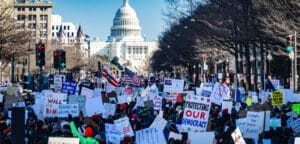
Protesters’ Demands
Protesters’ demands focused on several key points:
- Stop mass deportations: Call for a halt to the large-scale deportations of immigrants who have been in the country for years.
- Protect families: Demand an end to the policy of separating children from their parents at the border and in detention centers, and provide alternatives to family detention.
- Birthright Citizenship: Reject the executive order restricting birthright citizenship and affirm the constitutionality of the Fourteenth Amendment.
- End the Travel Ban: Demand the repeal of the expanded travel ban proclamation, which is discriminatory and unjust.
- Improve Detention Conditions: Demand improved conditions in immigration detention centers and adequate health and mental health care.
- Provide a Path to Citizenship: Advocate for clear legal paths for immigrants to obtain residency and citizenship.
- Respect Human Rights: Affirm that immigrants, regardless of their legal status, have basic human rights that must be respected.
- Defund Law Enforcement: Demand the diversion of detention and deportation funding to support social programs and services.
Areas with the Largest Protests
The protests were not confined to a single area, but included most major cities and states with large immigrant populations, as well as prominent locations:
- Major Cities: New York, Washington, D.C., Los Angeles, Chicago, San Francisco, Miami, Houston, Boston, Philadelphia, and Seattle.
- Border Areas: Cities such as San Diego, El Paso, Tucson, and McAllen saw repeated protests near border detention centers and border crossings.
- In front of federal government buildings: Rallies were held in front of the White House, the Capitol, and the headquarters of agencies such as Immigration and Customs Enforcement (ICE) and Customs and Border Protection (CBP).
- Airports: Some protests erupted at major international airports in response to new travel restrictions.
- College Campuses: University students and professors organized protests and marches in support of immigrants.
Authorities’ Response
Authorities’ responses ranged from peaceful containment to, in some cases, repression:
- Heavy Security Presence: Local police, and sometimes federal law enforcement, were present in large numbers to monitor the protests.
- Arrests: Hundreds of protesters were arrested on various occasions, particularly those who attempted to block roads, access government buildings, or engage in clashes with police.
- Use of Force: In some cases, crowd control methods such as tear gas, batons, and pepper spray were used, particularly when protesters attempted to breach security barriers.
- Statements: The administration issued statements justifying its policies and condemning what it described as “chaos” or “obstruction” by protesters.
- Lawsuits: Federal authorities responded forcefully to legal challenges, particularly those related to birthright citizenship and the travel ban, resulting in protracted court battles.
Are protests still ongoing today?
After the initial large wave following the implementation of the new policies, protests continued, but took more organized and tactical forms, such as:
- Ongoing sit-ins: outside detention centers and U.S. Immigration and Customs Enforcement (ICE) offices.
- Scheduled rallies: weekly or monthly gatherings in major cities.
- Legal protests: Legal battles are a major component of these “protests” against these policies.
- Digital activism: The extensive use of social media and digital platforms to organize support and raise awareness.
- Boycotts and economic pressure: Some groups are calling for boycotts of companies or regions that support or benefit from these policies.
This issue remains highly sensitive and divisive in the United States, ensuring that protest activity will continue as long as these policies remain in place.
Also read:
- should-you-buy-bitcoin-now-or-is-it-too-late-in-2025
- the-chip-wars-and-their-effect-on-the-consumer-who-controls-the-future-of-technology
- the-age-of-ai-agents
- a-leak-reveals-the-iphone-17s-battery-capacity-predicting-radical-changes
